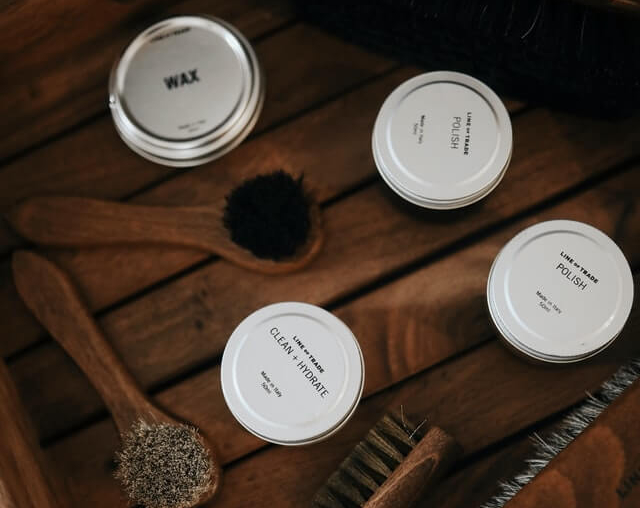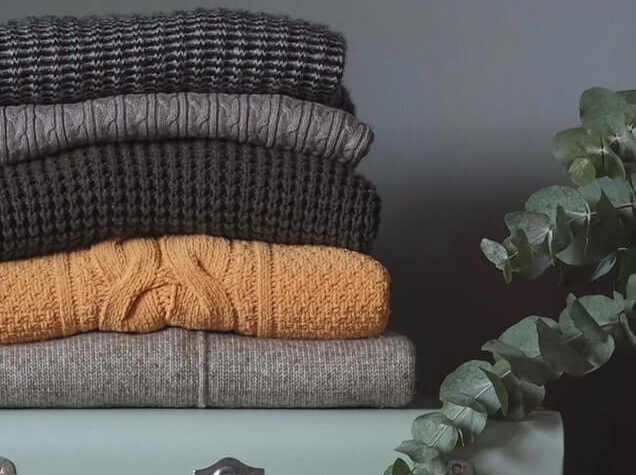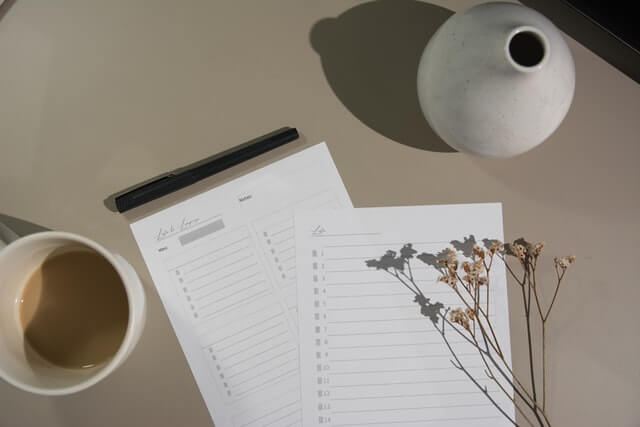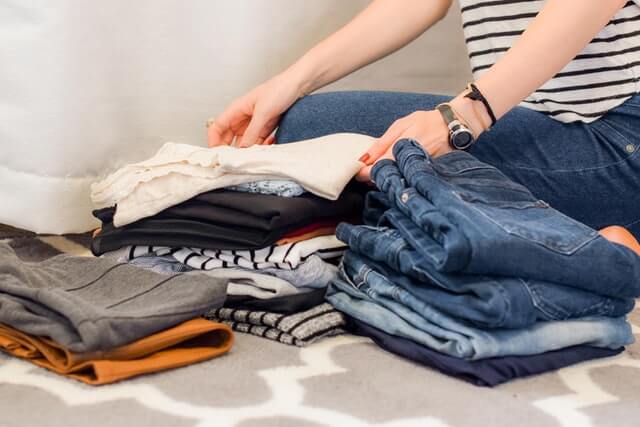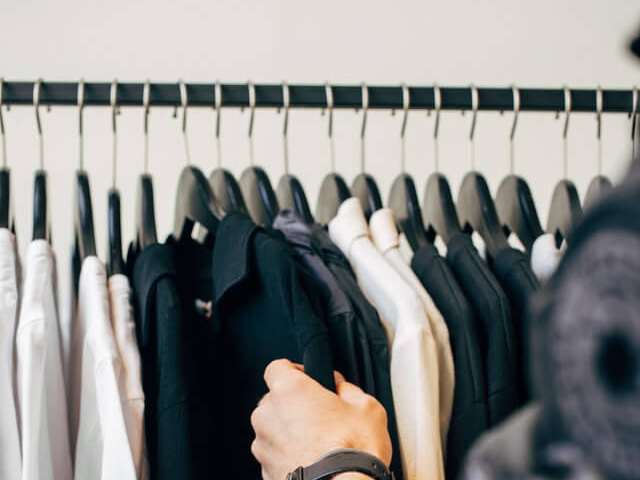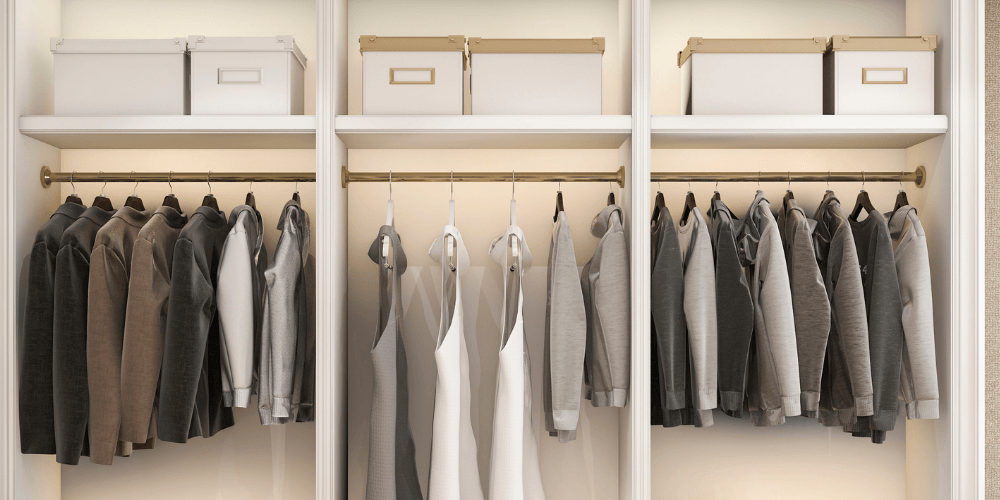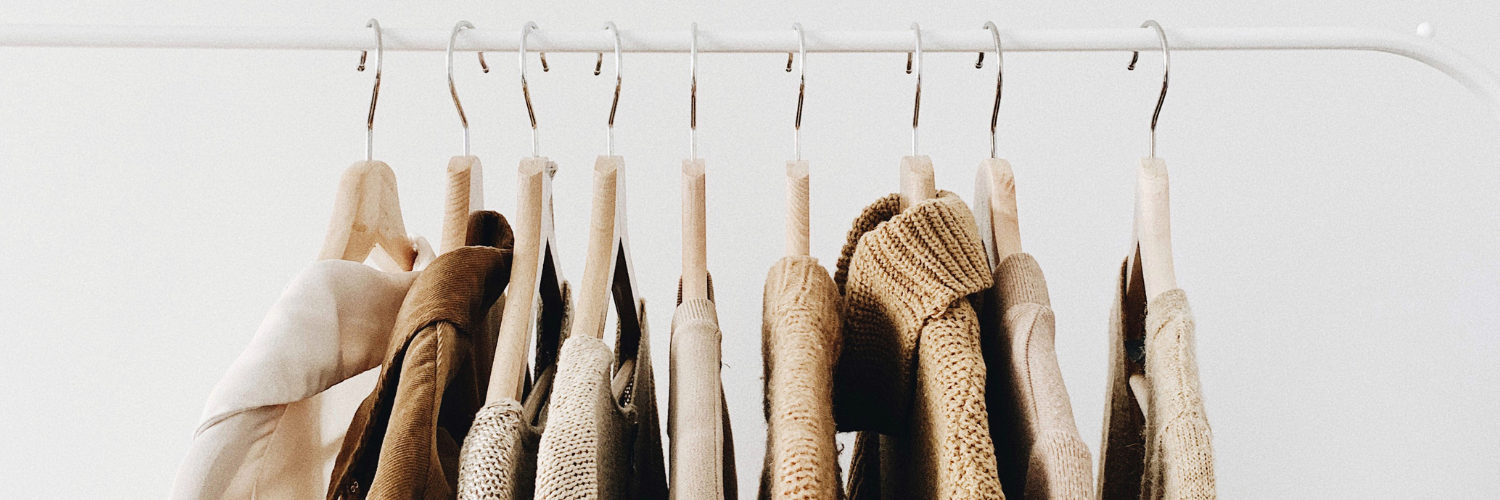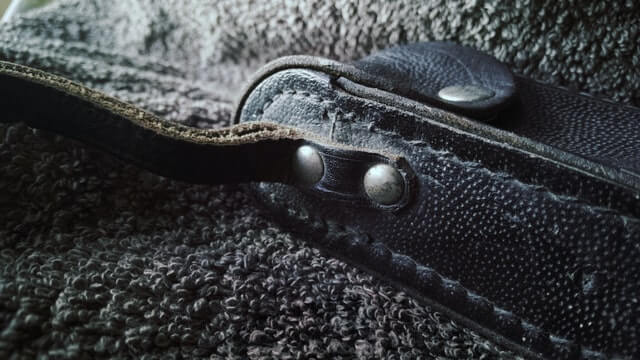How to Properly Store Your Winter Clothes
The warm weather ahead means it is time to put away your bulky winter clothing. This week, we have some winter clothes storage ideas to share with you. If you’ve already read our tips on transitioning your closet between seasons, you know there’s more to it than simply shoving your coats to the back of your closet. Take the time to properly store your clothing. Trust us, it will make your life so much easier next year.
The most obvious benefit of thoughtfully storing your clothes is that everything will be ready to wear next winter. You won’t have to dive through boxes of balled-up clothing to find what you’re looking for or spend hours washing and steaming your clothes. Taking a little bit of time now will prevent a major headache later.
Beyond this, proper storage means your items will last longer. The fibers will be safe from moisture, bugs won’t find their way into your favorite sweaters, and your boots won’t become warped and shapeless. Save yourself the frustration and money you would spend on replacements next year. Take an afternoon to neatly store your winter clothes.
Closet Clean Out: It’s the Perfect Time to Donate and Sell!
Before we get into winter clothes storage ideas, a quick closet clean-out is in order. Now is the best time for it: as winter wraps up, your memory of what you wore this season is still fresh in your memory. Go through your winter wardrobe and get rid of unworn clothing and accessories. These may be items that look past their prime, no longer fit, or you simply don’t get excited to wear anymore. There is no point in having items you won’t use taking up storage space for the next 6+ months!
Clear Out the Clutter
The best tip for this process is to be honest with yourself. If you didn’t wear it this year, it is very unlikely you’ll start wearing it again next winter. It bears repeating that a closet full of items you don’t love will make it so much harder to get dressed in the morning! You will find inspiration in a curated closet full of pieces you love, not in boxes full of unworn clothing you’re waiting to love again. Look over our closet clean out tips to get you started or book an appointment with us for an effortless start-to-finish experience.
Give Back
A clean closet offers two main benefits: clarity and inspiration as you get dressed in the morning, and the opportunity to donate or sell your unwanted items. Donating your clothing that is still in good condition allows you to give back to your community. That coat may not be working for your lifestyle anymore, but it might be perfect for someone who wouldn’t be able to buy it new. Your clothing is given a second life rather than prematurely ending up in a landfill. If you’re getting rid of brand name or designer clothing that is in good condition, try selling it! You can use the extra cash toward your spring wardrobe refresh.
Prep Your Clothes
Next up, prep your clothing for storage. You will want to clean your clothes, ensure they’re fully dry, de-pill sweaters, and repair any damage before placing them into bins. These winter clothes storage ideas ensure that they are in the best possible condition for the months ahead.
Cleaning
Clean all your winter clothes according to their labels. Yes, that may mean a big end-of-season trip to the dry cleaner or spending a little time doing hand washables. The minor inconvenience will be worth it. Any lingering odors and stains could set if left alone, so be sure that everything is as fresh as possible. Moreover, old stains and odors can attract critters. You don’t want to find tiny holes or insects in your favorite sweater next winter. You should also let your clothes air out to dry completely before storing. Moisture on your clothes (or in the storage bin) can lead to a mildewy smell or mold growth.
Repairs
Notice any damage to your winter clothes? Take care of it now so you don’t have to worry about it at the start of next winter. You may be stopping at the dry cleaner to have them cleaned anyway, so ask your dry cleaner to make any necessary minor repairs: sew on a loose button, fix a ripped hem, even de-pill your sweaters. You can easily repair and de-pill them at home if you would prefer, or for more extensive work, take them to a tailor.
Now would also be a good time to give your winter boots a little TLC! Brush and clean suede to make it last, condition, and polish leather so it doesn’t crack, resole your boots before they’re worn through. Your local shoe cobbler can work some serious magic.
Storage: Protect, Label, and Seal
Finally, it’s time to get your clothes and accessories into bins and out of the way for spring. It seems like a straightforward task, but we have a few more helpful ideas for winter clothes storage to share. These will ensure they are protected and organized.
There are a couple of crucial precautions to take while loading your clothing into bins. Be sure to wrap any items at risk of snagging (hint: sequins, lace, metal embellishments) in acid-free tissue paper to keep them safe. You will also want to stuff your winter boots with tissue paper – or newspaper if you don’t have tissue – so that they keep their shape. It’s generally recommended to keep all your shoes and handbags stuffed while not in use, but it’s especially important during storage. They’re more likely to be squished and distorted when packed in tightly.
Now, break out the plastic bins, under-bed storage, vacuum bags, or whatever your go-to storage solutions are. We recommend airtight containers if possible. We want to minimize any opportunity for moisture or bugs to creep in. Organize your items and start packing them. If you’re using multiple containers, be sure to label each by its contents. This will make unpacking them so much easier when the time comes. Lastly, find a convenient place to keep your stored clothes and you’re done! Everything is now ready to go for next year.
Wrap Up
We hope these winter clothes storage ideas are helpful and give you peace of mind that everything is safe and sound for the next couple of seasons. It may sound like a lot of work, but it will go more quickly than you would imagine. You’ll thank yourself later! Now you can get back to daydreaming about the warm sunny days ahead…
If your closet is looking a little drab and barren now, it may be time for a spring refresh. We would love the help you find the items that will tie your spring wardrobe together. For added convenience, you don’t even have to leave your house! Check out our virtual service offerings such as virtual personal shopping. On the fence about if now is the right time? Read what our clients have to say about their experience.


